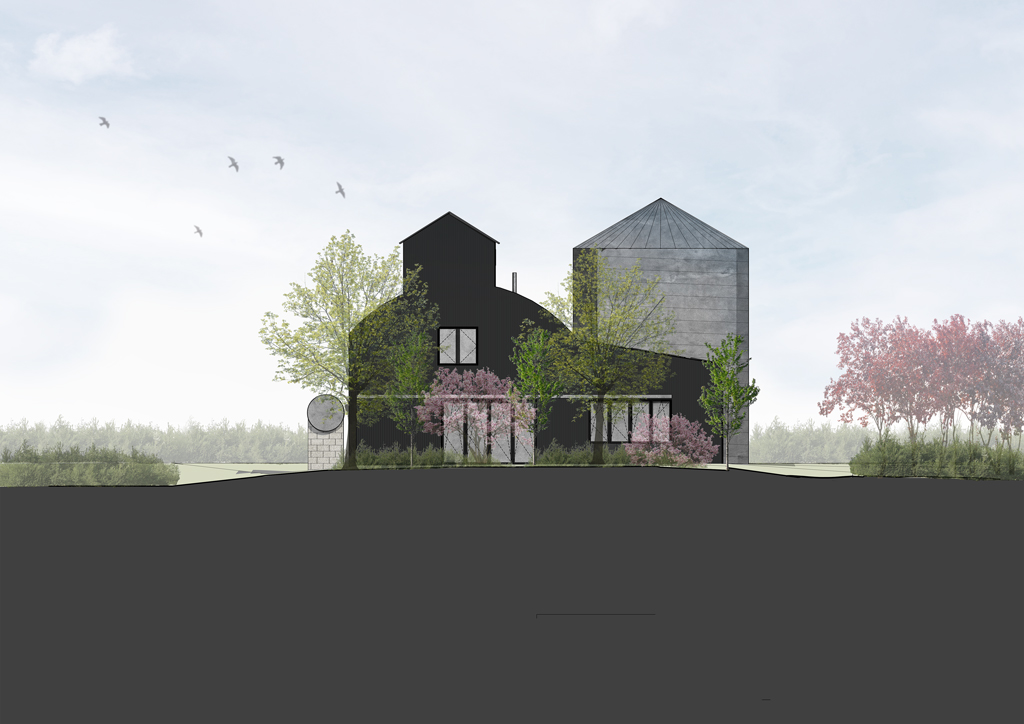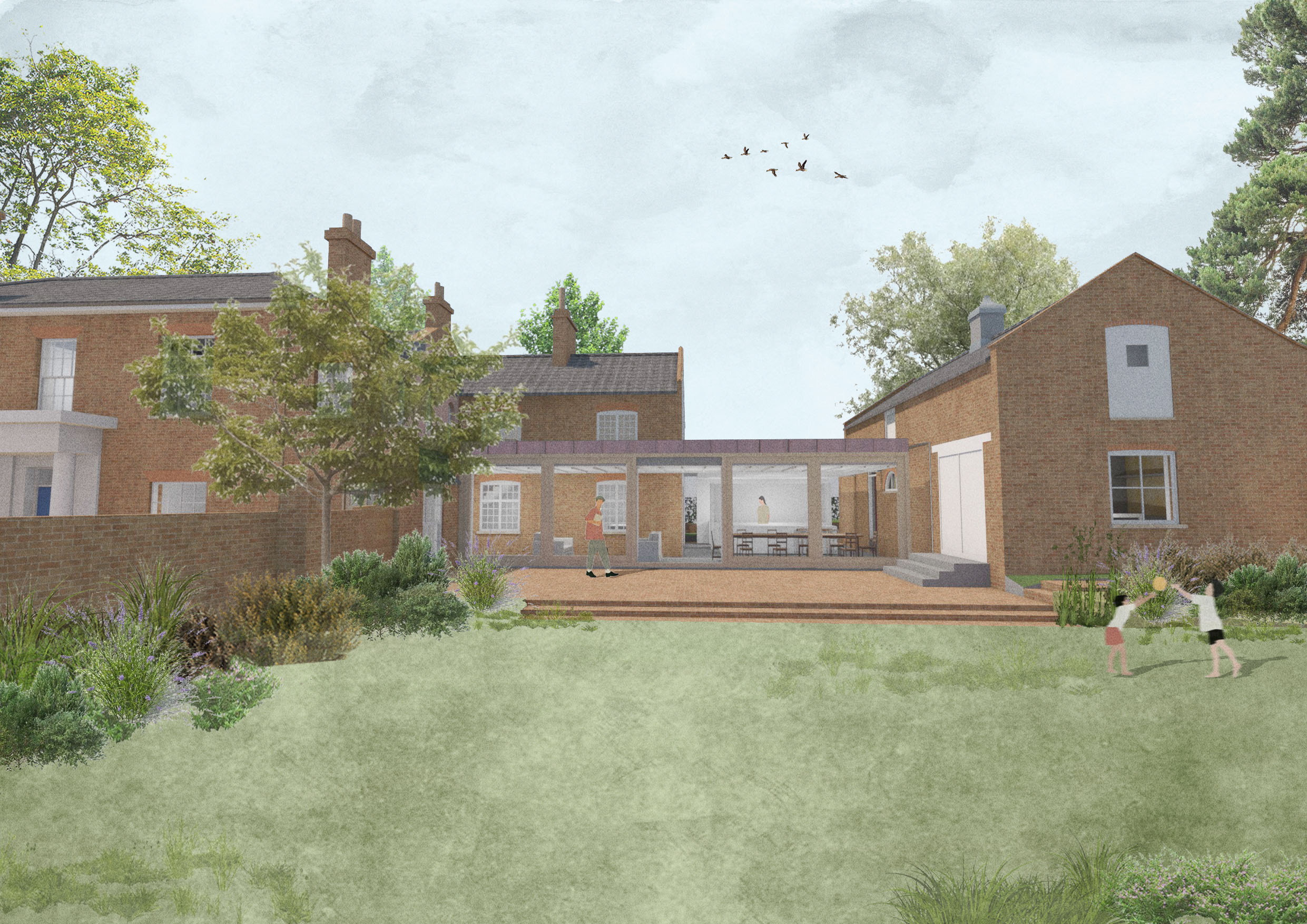With strikes and a failing economy another echo of the 1980’s is back in vogue again, the Enterprise Zone. This is a further attempt to kick start a lack lustre economy with tax breaks and removal of red tape. Previously, other than Canary Wharf, they give a picture of limited success. Criticised for being at best ten year wonders that ran out of steam and at worst distorting the local economy they often left barren industrial and retail landscapes with no ties to the communities they were supposed to resuscitate. So will the new ones make any difference? On the face of it our local Enterprise Zones in Great Yarmouth and Lowestoft look like being too small and dispersed to have any significant impact on the areas they serve. Criticised previously for being fixated on property development Enterprise Zones did not address a bigger picture and remained isolated from their surroundings. In this reinvention we should ensure they become attractive places to work and visit and connect to the communities they serve so they have longevity. So it is important that there is a clear plan of action supported by the midwife, New Anglia (our Local Enterprise Partnership) as well as local authorities. Both must make sure they are much greater than the sum of their parts. Recent regeneration attempts at Great Yarmouth under the exegeses of the Urban Regeneration Company, First East, were not successful in creating a lasting legacy and failed to address the problems the afflict these towns. It is questionable whether the development and attention was focussed in the right place and the right things. It effectively ignored the historic town, one of Great Yarmouth biggest assets that were described by Dickens as “upon the whole, the finest place in the universe”. It was also too focussed on large-scale infrastructure. What Yarmouth and Lowestoft need is a revitalisation of their historic cores, using this amazing asset with communities working with new businesses. They need a more varied economy including research-based businesses based on a knowledge economy and accommodation for a range of uses making the most of the existing assets. Why not an outpost for the UEA Department of Environmental Sciences to support low-carbon industries? Why not a Norfolk Venice? Helicoptering businesses into bright new sheds is not the answer for long-term growth. The principal of the new planning reforms is right; sustainable development that combines business, social and environmental concerns creating attractive places to work, live and play. This should be our aim for Enterprise Zones howvere currently the steer overwhelmed by business interests. To make the most of this we need other parties involved to help direct our current crop of Enterprise Zones towards long-term success. As Communities secretary Eric Pickles said, Great Yarmouth and Lowestoft have been given a ‘second chance’ to transform their economic fortunes. Do we have the imagination to do this? Anthony Hudson
DESIGN MATTERS: Do Enterprise Zones Work?
Author / Hudson Architects
Similar Journals

Planning approval for Dutch Barn conversion
July 30, 2023We are thrilled to announce we have been granted planning permission for the conversion of redundant Dutch barn and silo in Essex. The vision for the project is to transform the existing structure into a beautiful home, while carefully preserving its agricultural character and distinctive silhouett
Continue reading
New ‘Wetland Frame’ Wall Construction?
August 22, 2024Our recent development from the FibreBroads research project is the ‘Wetland Frame’, a wall construction detail crafted primarily from wetland-sourced materials – a low carbon, locally sourced, and sustainable alternative to traditional timber frame construction systems. Wetland Materials Re
Continue reading
Planning and Listed Building Consent for Grade II listed house.
February 15, 2024We are delighted to have received full planning and listed building consent for the extension, alterations and refurbishment of a Grade II listed house in Norfolk. To ensure its long-term conservation we will be undertaking a sympathetic and thorough conversion of the house and adjacent coach house
Continue reading